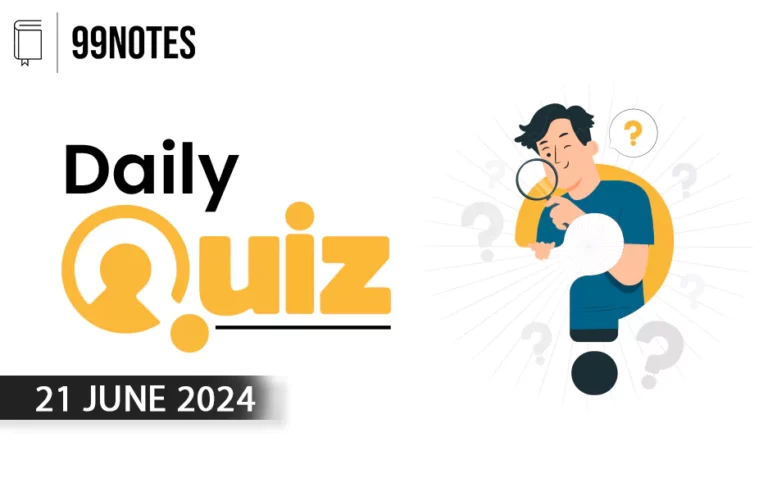05 April 2025 : The Hindu Editorial Analysis
1. A people still waiting to move out of the margins
(Source – The Hindu, International Edition – Page No. – 6)
| Topic: GS2 – Social Justice |
| Context |
| March 31 is observed as International Transgender Day of Visibility to highlight the issues faced by transgender individuals. |
Importance of Transgender Day of Visibility
- Although laws like the Transgender Persons (Protection of Rights) Act, 2019 exist, problems such as social stigma, discrimination, and economic exclusion continue.
- Transgender people face many challenges in education, employment, and health care.
- Real change requires proper policy implementation, strict anti-discrimination laws, and societal efforts.
Legal Recognition vs Ground Reality
- The 2019 Act aims to protect transgender rights, but poor implementation makes access to welfare schemes difficult.
- By December 2023, 24,115 people had applied for identity cards through the National Portal, but only 15,800 certificates were issued.
- Over 3,200 applications were pending for more than 30 days, despite the legal time limit.
- In Delhi, although the transgender population was about 4,200 (as per the 2011 Census), only 23 identity cards were issued by April 2022.
- The certification process is slow and complicated and does not address issues like police harassment or family rejection.
Economic Challenges and Employment Issues
- Transgender individuals face high unemployment and workplace discrimination.
- A 2018 NHRC report revealed that 92% of transgender people were left out of economic activities, often forcing them into sex work.
- A 2022 study showed a 48% unemployment rate among transgender individuals, compared to the national average of 7%-8%.
- Biases during hiring, lack of gender-neutral facilities, and hostile work environments are common issues.
- Although some companies have inclusive hiring policies, such efforts are still limited across industries.
- In 2024, a policy allowed LGBTQ+ people to open joint bank accounts and name partners as beneficiaries, but most still face financial exclusion.
- Solutions include diversity hiring, workplace inclusion, special financial schemes, and government-backed loans.
Barriers in Education and Health Care
- Education is key to empowerment, but many transgender students face bullying and drop out.
- The 2011 Census showed a transgender literacy rate of 56.1%, lower than the national average of 74.04%.
- In Kerala, 58% of transgender students left school due to harassment.
- Some states have taken steps like creating transgender cells in colleges and reserving seats, but national policies are lacking.
- In health care, 27% of transgender people were denied services due to their identity.
- Gender-affirming treatments are expensive, costing between ₹2 lakh to ₹5 lakh, with limited insurance.
- Although the Ayushman Bharat TG Plus card provides ₹5 lakh annual coverage, there are gaps in its delivery.
- There is also a shortage of trained medical staff and mental health support.
Need for Inclusion and Social Change
- Society must go beyond just visibility to real inclusion through education, media, and policies.
- Media often reinforces stereotypes instead of showing diverse transgender lives.
- Awareness campaigns, cultural festivals, and gender sensitisation programmes are important.
- Strong anti-discrimination laws, inclusive hiring, and financial support for transgender entrepreneurs are essential.
- True equality requires combined efforts from the government, businesses, and society to ensure dignity and inclusion.
| Practice Question: Despite legal protections, transgender individuals in India face discrimination. Discuss key challenges and suggest measures for their meaningful inclusion. (250 Words /15 marks) |
Read more 04 April 2025 : The Hindu Editorial Analysis


